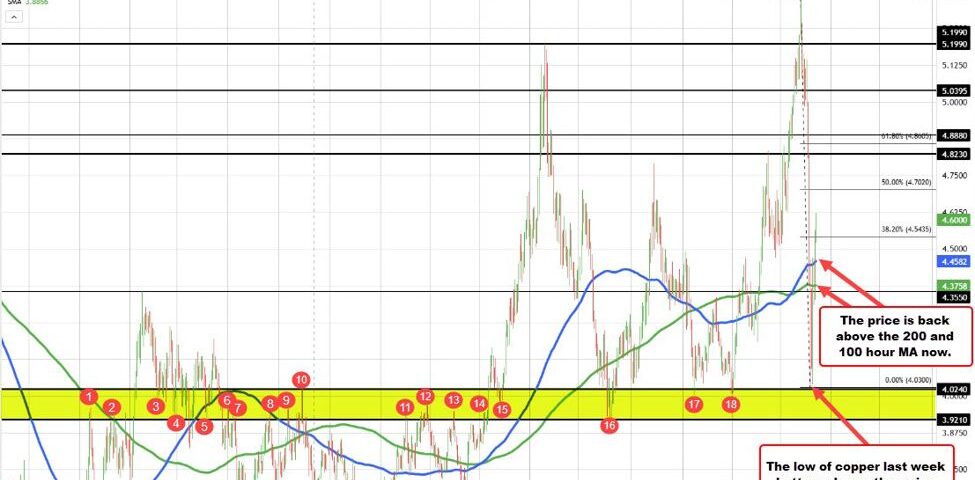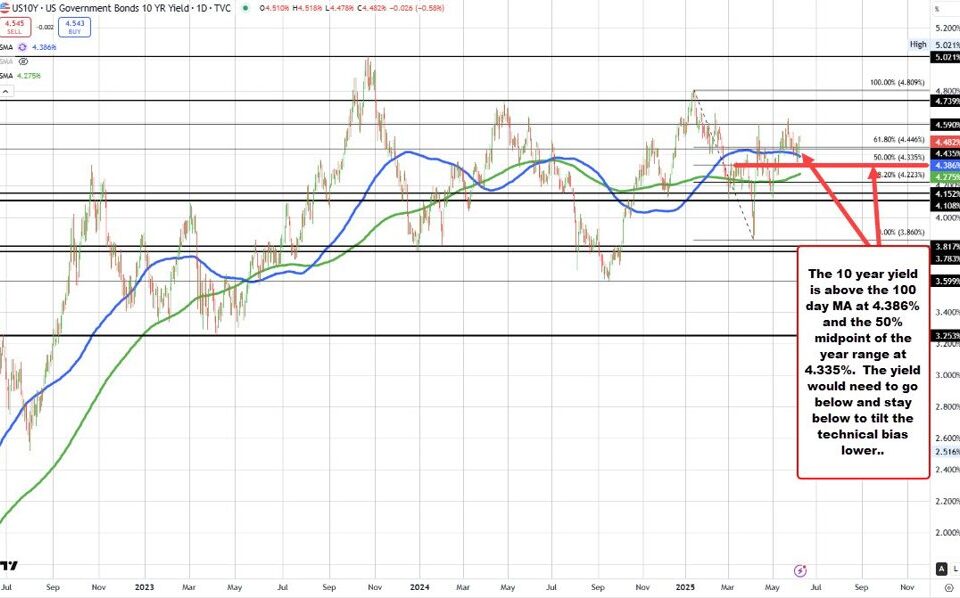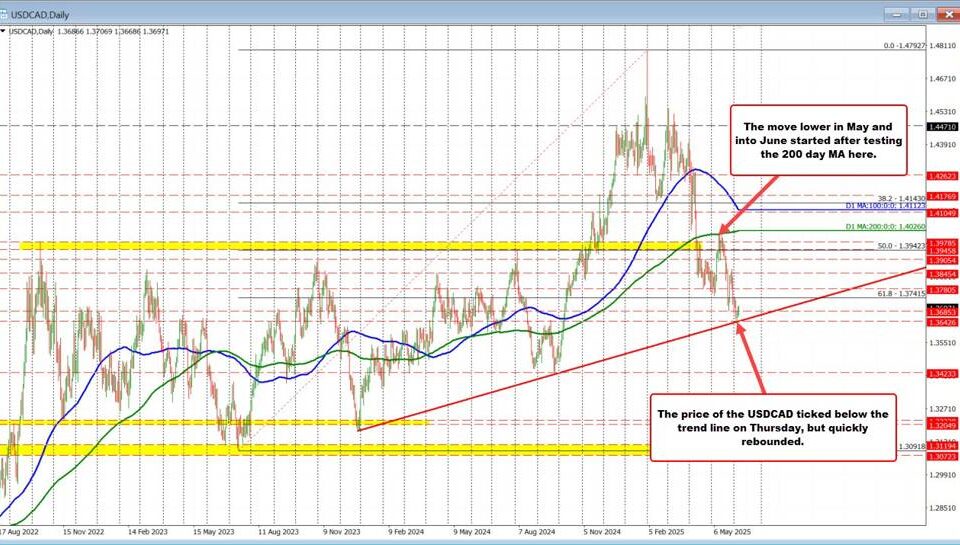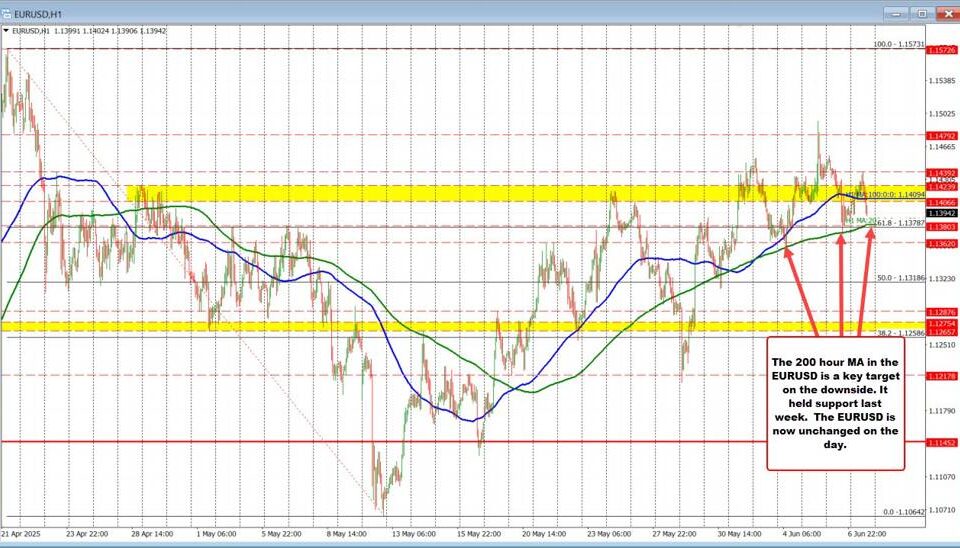Decoding U.S. Inflation Trends: What March 2023 Reveals for Consumers and Policymakers
Tháng 4 14, 2025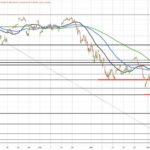
U.S. Stock Market Turmoil: Navigating the Impact of Rising Trade Tensions
Tháng 4 14, 2025Navigating the Volatile Copper Market: Recent Developments and Future Predictions
The copper market has recently been on an exhilarating ride, characterized by significant volatility and fluctuations that have caught the attention of investors and industry analysts alike. As the world increasingly shifts towards sustainable energy solutions, copper has become a pivotal raw material, essential for various applications from electric vehicles to renewable energy infrastructures. Understanding the current market trends and influences is crucial for stakeholders and observers in this field.
Price Recovery After Volatility
Copper prices have shown remarkable resilience after experiencing a notable drop, following a classic V-shaped recovery pattern. As of April 14, 2025, copper futures soared to approximately $4.59682 per pound, bouncing back from a low of around $4.10 after a substantial 20% correction. This recovery is indicative of the market’s ability to rebound, influenced by both intrinsic supply dynamics and external geopolitical forces.
Key Market Drivers Influencing Copper Prices
Several factors are driving the current state of the copper market, each contributing uniquely to the overall landscape:
Supply Constraints
One of the most significant challenges facing the copper market arises from supply constraints, particularly highlighted by Chile, the world’s largest producer of copper. Reports indicate that Chile’s copper production plunged by an alarming 24% in January, a statistic that has serious implications for global supply chains. The International Energy Forum has underscored the urgency for new mining projects, anticipating a substantial shortfall in copper production capabilities as the world approaches 2050. Given copper’s increasing demand, stakeholders are urged to prioritize the exploration and development of new mines to avoid potential shortages.
Demand Drivers
On the flip side, the demand for copper is being propelled by rapid developments in the clean energy transition. With growing global initiatives towards decarbonization, copper’s role has never been more pronounced. Future projections suggest that the increasing deployment of artificial intelligence facilities and renewable energy technologies could substantially amplify copper demand by the year 2030. This multifaceted demand scenario indicates a robust outlook for copper consumption as industries pivot toward cleaner alternatives.
Geopolitical Tensions
The ongoing U.S.-China tariff war has injected a layer of unpredictability into the copper market, triggering significant price fluctuations. These tensions raised apprehensions about global demand, as trade policies can create uncertainty in international supply chains. Notably, China’s President Xi Jinping convened top global CEOs to address these U.S.-China trade tensions, which are crucial as geopolitical factors influence the copper market. This meeting emphasizes China’s commitment to economic collaboration amid ongoing tariffs, highlighting the importance of stable international trade policies on commodity prices. Investors are particularly attentive to how such geopolitical issues impact demand patterns and pricing power, as both nations play crucial roles in the global copper landscape.
Forecasting Future Copper Prices
Looking ahead, analysts remain optimistic about copper pricing, projecting that it could remain consistently above $4.00 per pound over the next decade. Interestingly, some forecasts even suggest that copper prices might hover around $4.63 by the end of the second quarter of 2025. This optimistic outlook demonstrates the potential for continued growth in demand and a balanced approach to supply management.
In conclusion, the copper market is currently experiencing a period of significant recovery shaped by both supply-side challenges and a strong demand trajectory that aligns with global sustainability initiatives. Stakeholders and investors should closely monitor these dynamics, as the interplay between market factors will undoubtedly influence the future of copper pricing in the coming years.

